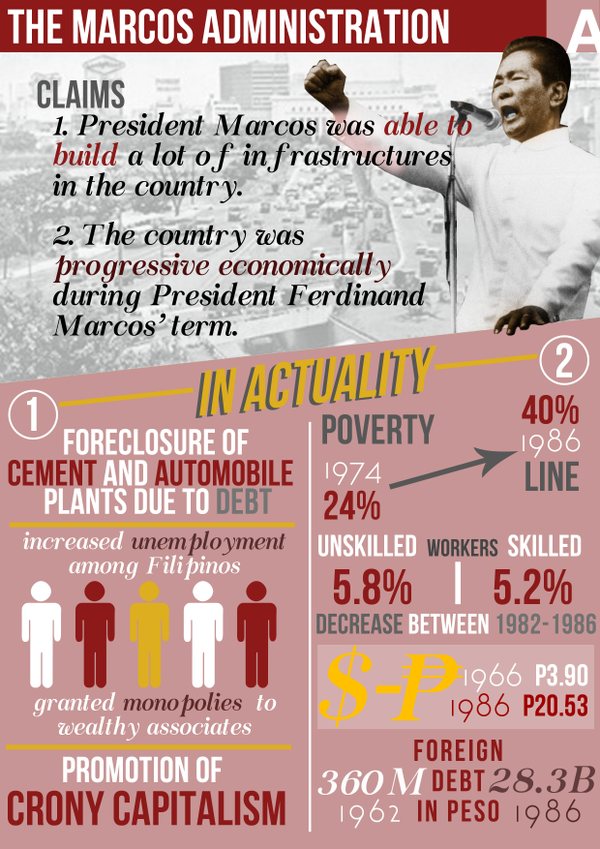Start A Fascinating Journey Right Into The Realm Of Martial Arts, Where The Blend Of Old-Time Personalizeds And Contemporary Efficiency Awaits
Start A Fascinating Journey Right Into The Realm Of Martial Arts, Where The Blend Of Old-Time Personalizeds And Contemporary Efficiency Awaits
Blog Article
Click That Link -Fyhn Montoya
Step into the old world where martial arts were born out of necessity in varied areas. Societies crafted unique fighting styles intertwined with historical contexts. Methods developed over centuries with devoted practice and cultural exchanges. Today, modern martial arts blend conventional aspects for maximum performance. Philosophically, martial arts stress discipline, self-improvement, and harmony. Regard, humility, and balance are fundamental principles directing experts in the direction of growth and durability. Explore the depths of this rich history and viewpoint to discover the extensive impacts forming this long-lasting technique.
Beginnings of Martial Arts
Fighting style came from numerous regions around the world, evolving as sensible fight systems to prevent hazards. These old battling styles were established out of necessity, with each society crafting techniques fit to their special atmospheres and obstacles. From the grappling arts of Jujutsu in Japan to the striking methods of Martial art in China, martial arts were deeply intertwined with the historical, social, and social fabric of their respective cultures.
In Japan, the samurai course polished martial arts like Kenjutsu, the art of the sword, which later progressed into the much more promoted type of Kendo. On the other hand, in Brazil, Capoeira became a blend of dancing and combat, produced by enslaved Africans as a means to stand up to injustice. Each martial art lugs with it an abundant background and approach, mirroring the worths and ideas of individuals that exercised them.
As you look into the origins of martial arts, you uncover a tapestry of human resourcefulness, strength, and the unrelenting spirit of warriors throughout time.
Advancement of Methods
Via centuries of practice and improvement, battle techniques within various martial arts have actually undertaken a profound evolution. From ancient styles like Martial art and Martial arts to much more modern disciplines such as Brazilian Jiu-Jitsu and Krav Maga, the development of techniques has been driven by a combination of social impacts, useful applications, and technical developments.
One significant element of this evolution is the cross-pollination of techniques between different martial arts. As an example, techniques from traditional Japanese Jiu-Jitsu were integrated right into the creation of Judo by Jigoro Kano in the late 19th century. This blending of designs has led to the growth of crossbreed martial arts like Mixed Martial Arts (MIXED MARTIAL ARTS), which incorporate aspects of striking, grappling, and entry methods.
Moreover, the development of strategies has actually been formed by the increasing emphasis on efficiency and performance in combat. Practitioners have continually looked for to fine-tune their strategies via strenuous training, experimentation, and competitors, resulting in the advancement of very specialized and efficient combating styles. In general, the advancement of methods in martial arts shows the dynamic nature of battle and the ongoing quest for renovation and innovation.
Thoughtful Structures
Discovering the underlying philosophical concepts of martial arts provides insight into their core worths and leading ideas. At the heart of many martial arts techniques is the concept of self-control itself. By training your mind and body to work as one cohesive unit, you grow technique that prolongs beyond the dojo or fitness center into daily life. This technique encompasses respect, humbleness, and self-constraint, shaping not just your physical capabilities but also your character.
Another essential philosophical structure in martial arts is the concept of continuous self-improvement. The journey of grasping a martial art is never-ending, with specialists constantly aiming to better themselves, both literally and mentally. This concentrate on growth cultivates resilience, determination, and a development way of thinking that can be applied to all aspects of life.
In addition, martial arts stress the relevance of harmony and equilibrium. Methods are designed to utilize an opponent's energy versus them, highlighting the concept of generating and redirecting pressure rather than satisfying it head-on. This approach encompasses interpersonal connections, promoting relaxed resolutions and good understanding. By welcoming these philosophical foundations, martial musicians not only improve their fight abilities however likewise cultivate a way of living fixated personal growth, regard, and harmony.
Final thought
To conclude, the background and ideology of martial arts use an abundant tapestry of practice, self-control, and self-improvement.
Consider example the tale of Bruce Lee, who reinvented martial arts by blending various styles and philosophies to produce his very own unique type of Jeet Kune Do.
Via dedication and innovation, martial musicians remain to press boundaries and motivate others to reach their complete capacity both in combat and in life.
